introduction
Thanks to excellent lighting characteristics and efficiency, high-power LEDs are becoming increasingly popular in automotive exterior lighting designs. Electronic devices that support LEDs must be fast, efficient, and highly accurate to control lighting intensity, direction, and focus. These devices must support a wide input voltage range and be able to operate outside the AM radio range of car radios to avoid electromagnetic interference (EMI). The electronics must also support the complex lighting patterns required in the LED matrix to support adaptive headlamp lighting systems. This article reviews typical LED power management schemes and introduces innovative buck controller ICs that support fast, efficient, and high-precision LED lighting solutions.
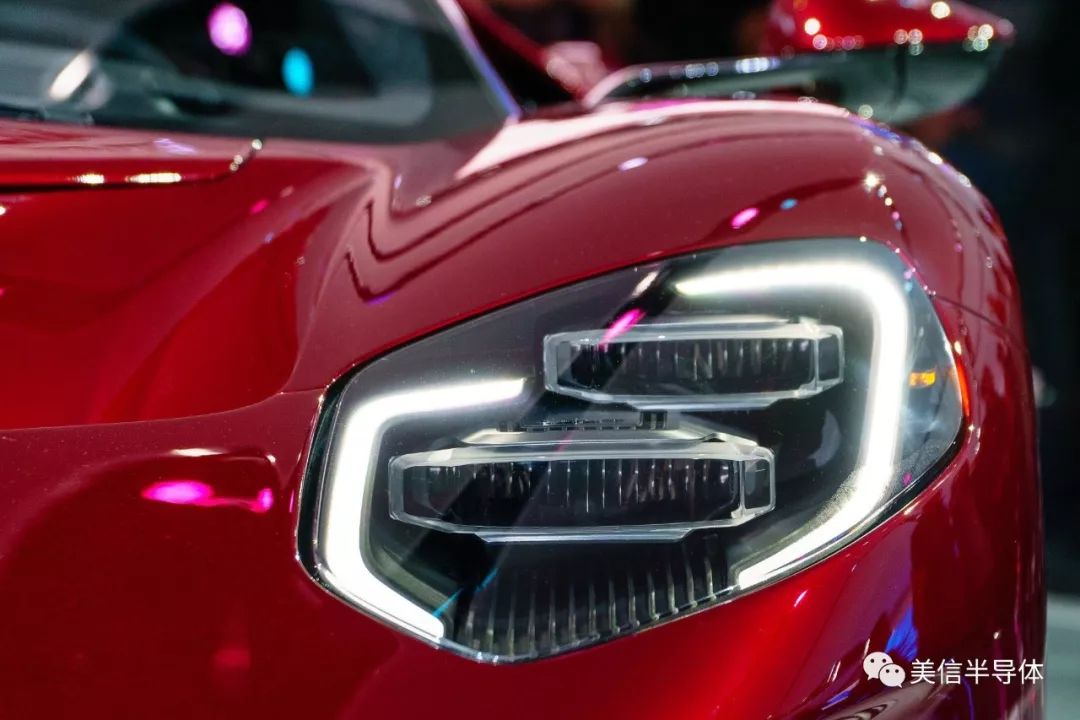
Figure 1. LED car headlights
Application of LED in Automotive Exterior Lighting
Due to its significant advantages over traditional technologies, LEDs are setting off a storm in the automotive industry. The white light in the LED headlights has excellent sharpness, reducing driver reaction time. The Adaptive Front Lighting System (AFS), supported by the LED matrix, can produce fast, complex lighting pattern changes that increase driver visibility in poor lighting conditions. At night, AFS can automatically adjust the lighting mode according to the beam of the opposite vehicle to prevent the driver from being blinded by strong light. The rise time of LED lighting is twice as fast as that of incandescent light sources, so LED-based brake lights light up faster, alert drivers in advance, and improve road safety. Finally, compared to comparable incandescent lamps, LEDs consume less power and therefore have significant advantages in energy consumption. The LED controller is the electronic device responsible for operating the LED and plays an important role in maintaining and enhancing the inherent clarity, speed, and efficiency of the LED.
LED power supply
LEDs are widely used in the automotive field and are widely used in various configurations from single LEDs to LED strings and matrices. High brightness (HB) LEDs require constant current for optimal performance. Current is related to junction temperature and color. So HB LEDs must be driven by current rather than voltage. The power supply supporting the long string can be any power source from a 12V car battery up to a 60V boost converter. Vehicles that adopt start/stop technology when the engine is started, the battery voltage drop is relatively large, causing the battery voltage to drop below a typical 12V, or even 6V or lower.
Dimming
Dimming is a commonly used feature in many automotive applications and is an important safety feature for LED headlights. When the light is dimmed from 100% to 50%, it is barely noticeable to the human eye. For clarity, it must be dimmed to 1% or less. With this in mind, it is not surprising why dimming ratios are as high as 1000:1 or higher. Since the human eye can perceive a single photon under appropriate conditions, there is virtually no limit to this function.
In order to ensure the color, the current must be kept constant. The best LED dimming strategy is PWM (Pulse Width Modulation). The light intensity is modulated by temporally switching the current, instead of changing the amplitude. To prevent the LED from flashing, the PWM frequency must remain above 200Hz.
When PWM dimming is used, the factor that limits the minimum on/off time of the LED is the rise/fall time of the current in the switching regulator's inductance. This can result in tens of seconds of subtle response time, which is too slow for LED headlamps that rely on fast, complex dimming methods. The only way to achieve dimming at this time is to use a dedicated MOSFET switch (SW1-K in Figure 2) to independently turn on/off each LED in the string. The challenge with the current control loop is to be able to recover quickly from transient changes in the output voltage caused by diode switching.
LED controller features
For optimum results, the LED controller must support a wide input voltage range and have a fast transient response as described above. In order to reduce radio frequency interference and meet EMI standards, a high, well-controlled switching frequency is required and outside the AM frequency band. Finally, high efficiency reduces heat generation and increases the reliability of LED lighting systems.
Headlight system
The sophisticated headlamp system uses a boost converter as a front end to manage the input voltage (dump or cold start) and EMI radiation changes. The boost converter provides a stable, sufficiently high output voltage (Figure 2). A dedicated buck converter uses this stable voltage as an input, allowing each buck converter to control a single function, such as high beam, low beam, fog lamps, daytime running lights (DRL), direction, etc., to overcome control lighting The complexity of brightness and direction.

Figure 2. Advanced LED lighting system
In this application, the main control loop of each buck converter sets the current in its LED string, and two auxiliary loops implement overvoltage and overcurrent protection.
Typical High Power Buck LED Driver Solution
A typical buck LED driver scheme is shown in Figure 3. This scheme uses a p-channel, high-side MOSFET with a higher RDSON than an n-channel transistor, and an asynchronous structure with a Schottky diode D for current return. Both are inefficient factors.
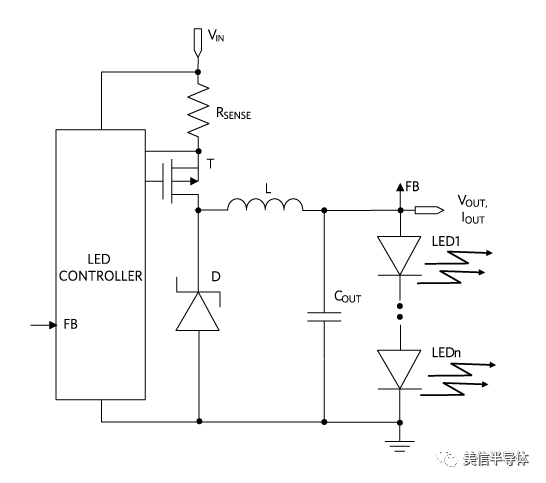
Figure 3. Typical Unsynchronized Buck LED Driver
Typical transient response
Figure 4 shows another shortcoming in the transient response of a typical solution. In the test string of 12 LEDs, the number of powered diodes increased dramatically from 8 to 12. The resulting output voltage step produces current and voltage fluctuations that require tens of microseconds to extinguish. High-aligned light will sample the current only slightly within the first few microseconds of the PWM dimming circuit, at which point the amplitude is decreasing, causing the dimming brightness and color to be incorrect.
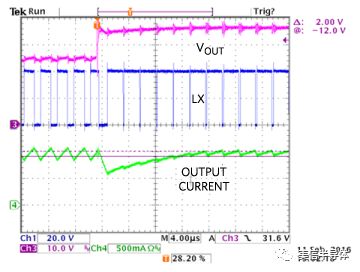
Figure 4. Typical Transient Response with Hysteretic Buck
Synchronous High Power Buck LED Driver Solution
The ideal solution should meet the requirements of wide input voltage range, fast transient response, high and well-controlled switching frequency, and support high efficiency through synchronous rectification. The MAX20078 LED controller supports such a solution. (Figure 5).

Figure 5. Synchronous High Power Buck LED Driver
The MAX20078 LED controller uses a proprietary average current mode control method that regulates the inductor current while keeping the switching frequency near constant. The device operates over a wide input voltage range of 4.5V to 65V with a switching frequency of up to 1MHz. Both analog and PWM dimming functions are supported. The device is available in a space-saving (3mm x 3mm) 16-pin TQFN package (normal or SW) or 16-pin TSSOP package.
Efficient
Figure 6 shows the efficiency of the MAX20078-based LED driver versus supply voltage. Two 107mΩ synchronous rectifier MOSFET transistors ensure high efficiency over a wide input voltage range.
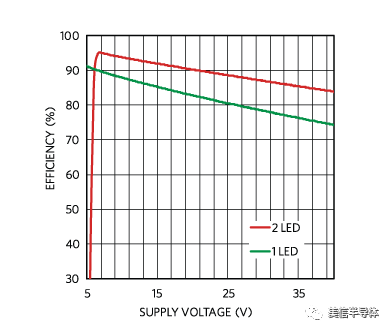
Figure 6. Relationship between MAX20078 solution efficiency and supply voltage
High-precision light intensity control
Compared to the example shown in Figure 4, the MAX20078's proprietary architecture provides nearly error-free transient response. In Figure 7, the number of diodes increases from 8 to 12 without any significant fluctuations in the output voltage or current.
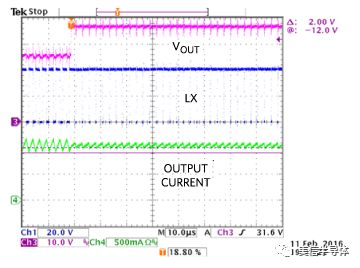
Figure 7. MAX20078 Transient Response
The high operating frequency of the MAX20078 is programmable on-time, with switching frequencies ranging from 100kHz up to 1MHz. The on-time of the device is proportional to the input voltage and output voltage, which means that the switching frequency is almost constant. The MAX20078 has a high and well-controlled switching frequency, and is outside the AM frequency band, making it easy to set up. While reducing radio frequency interference, the spread spectrum characteristics meet the EMI standards. to sum up
We reviewed the many challenges in the power supply of complex LED lighting systems and the requirements for optimizing the performance of LED systems. We introduced how the MAX20078 overcomes these challenges with an innovative LED controller architecture, providing high-accuracy average current control, high operating frequencies outside of the AM band range, good transient response with high dimming accuracy, and high efficiency. Reduce power consumption. These features support excellent automotive exterior lighting and are more efficient, support complex lighting modes, and provide higher-precision lighting brightness, direction, and focus control.
High Current Terminal Blocks,Panel Terminal Block,Feed Through Terminal Block,Heavy Power Terminal Block
Sichuan Xinlian electronic science and technology Company , https://www.sztmlchs.com